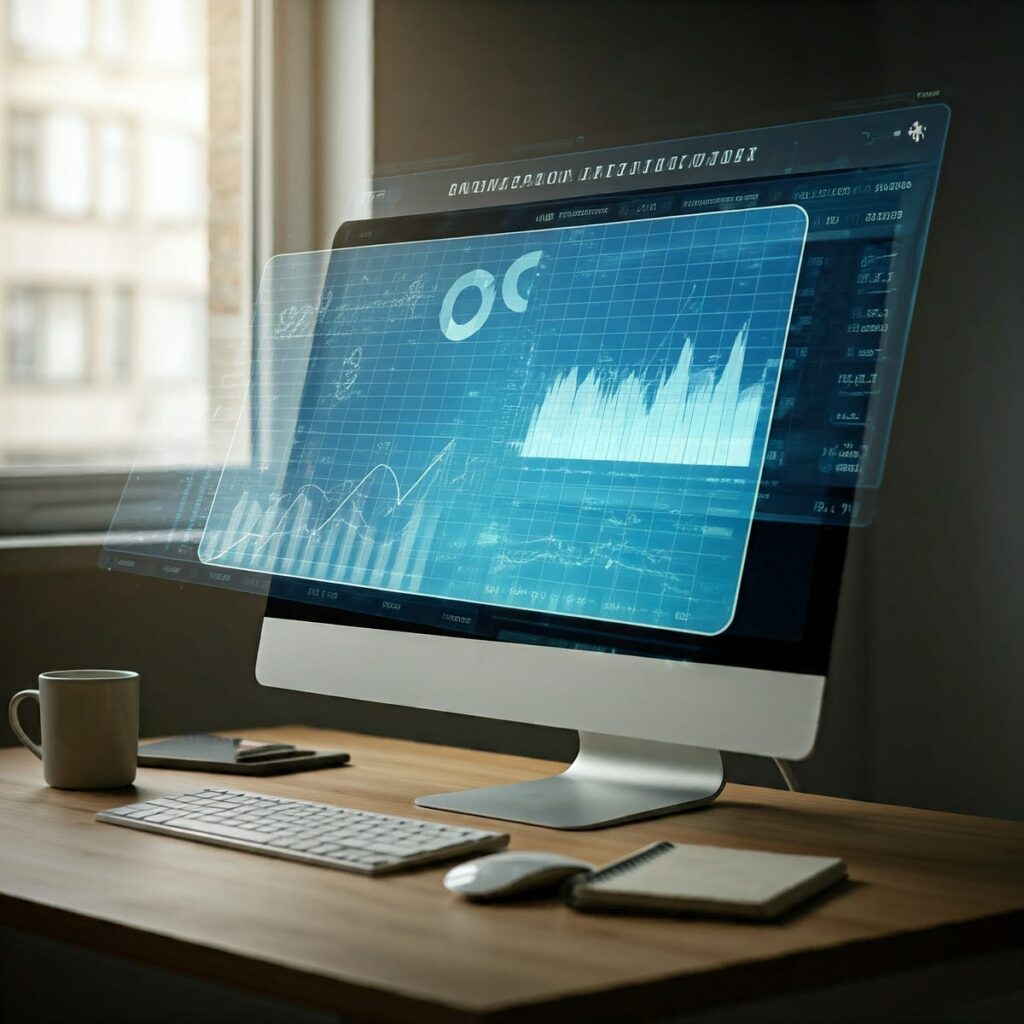Understanding the Dance of Variables Through Visualization
As someone who thrives on visual learning, I’ve come to appreciate how vital data visualization can be in grasping complex information. While some prefer absorbing knowledge through reading or listening, I find my own understanding deepens through imagery. This variation in preference among individuals is what adds richness to our learning experiences.
In my professional life, this visual inclination translates into a preference for data visualizations over text-heavy tables. One tool that has become indispensable for me is Seaborn — a powerful Python visualization library filled with statistical features that make data interpretation a breeze.
Why Visualization Matters
When we visualize data, we unlock the potential to clearly see the relationships between variables. This isn’t just a stylistic choice; it’s a fundamental aspect of effective data analysis. Seaborn, for instance, excels in displaying regression lines along with confidence intervals, giving us context and insight that mere numbers can often obscure.
Imagine you’re examining the correlation between hours studied and exam scores. By employing Seaborn to craft a scatter plot, you not only see individual data points but also how they trend together. This visual representation makes it easier to identify patterns — like whether a greater investment of study time yields higher scores.
Let’s Explore Together
In this article, we’ll dive into Seaborn’s remarkable capabilities in visualizing regression lines between two variables. Through this exploration, we’ll gain a richer understanding of how these variables interact and what insights can be derived from that relationship.
Data Visualization: The Art of Insight
At its core, Data Visualization (or Data Viz for short) is about transforming raw numbers into accessible graphics. This artistic endeavor allows us to explore relationships and derive meaningful insights from datasets. It’s a tool not only for data scientists but for anyone who wants to tell a compelling story with data.
A Real-Life Example
Let’s take a moment to reflect on a scenario. Picture a local cafe that’s eager to understand customer behavior. By analyzing the relationship between daily foot traffic and sales numbers using a line graph created with Seaborn, the owners can visualize trends over time. Perhaps they’ll discover that weekends see a spike in sales, prompting them to enhance their weekend promotions.
Visual Learning in Action
The beauty of using tools like Seaborn lies not only in their efficiency but also in the clarity they bring to data interpretation. Whether you are a seasoned data analyst or just beginning your journey into the world of data, embracing visualization can elevate your understanding immensely.
As we unravel the layers of how two variables interact, we gain practical insights that can help drive decisions, spark discussions, and inspire innovations. The data becomes a living story told through visuals, making it more engaging and easier to comprehend.
Wrapping It Up
In summary, visualizing the relationship between two variables can significantly enhance our understanding of data. Tools like Seaborn provide the resources we need to turn complex datasets into clear, actionable insights. Whether through scatter plots, bar charts, or regression lines, the art of data visualization opens pathways to new discoveries.
The AI Buzz Hub team is excited to see where these breakthroughs take us. Want to stay in the loop on all things AI? Subscribe to our newsletter or share this article with your fellow enthusiasts.




